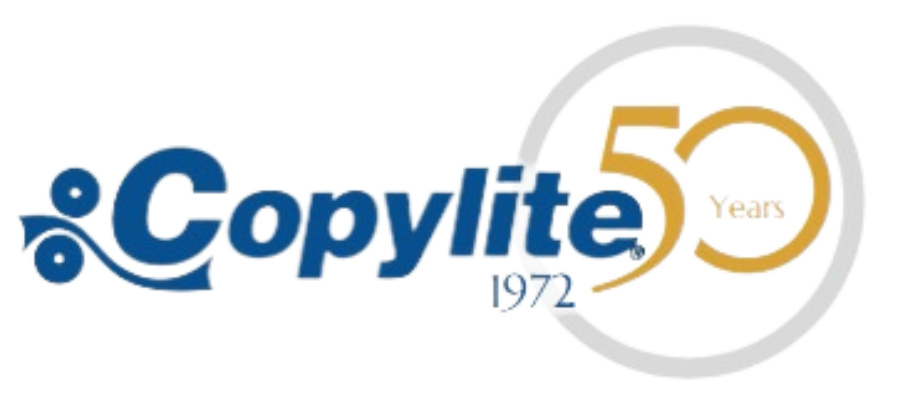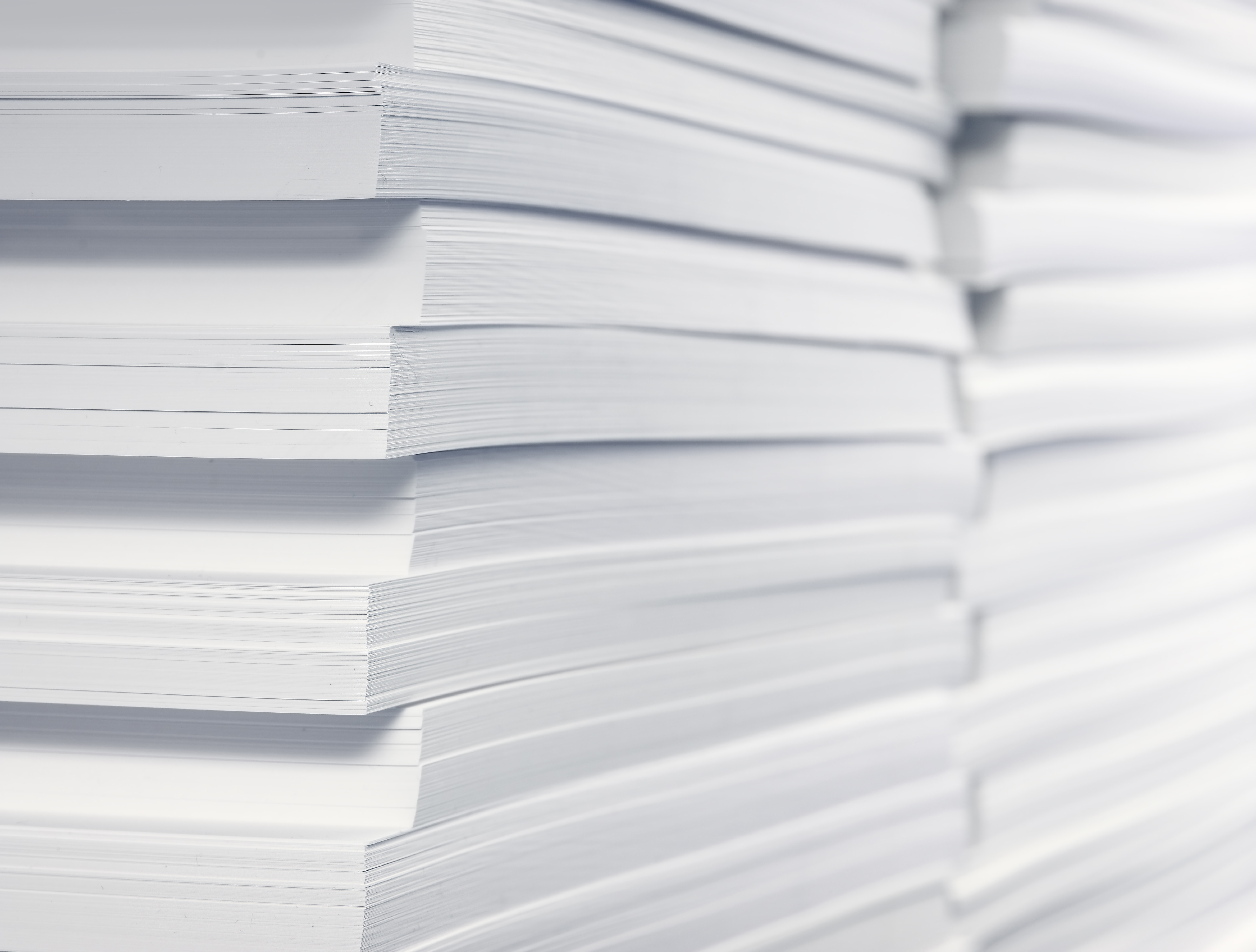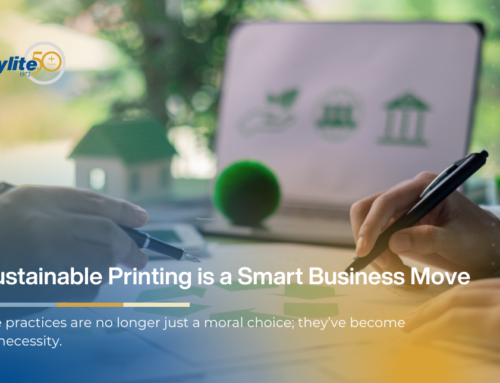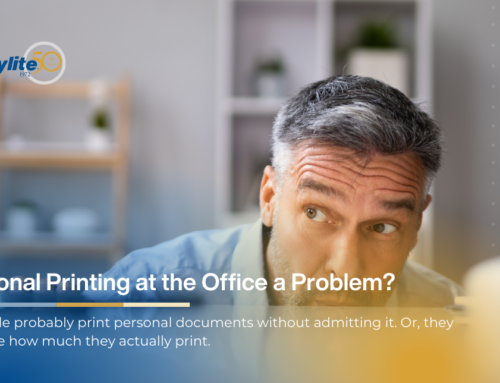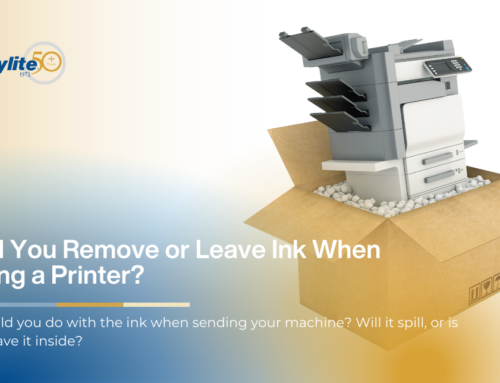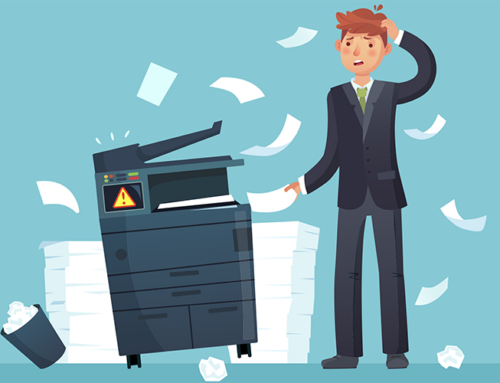Types of Printer Paper
Printer paper is an often overlooked yet all-important part of your business. As this Harvard Business Review post says, high-quality printing can sway consumers’ decision to work with one company rather than another. That’s why you’ll need to consider the type of paper you use in your office.
What Are the Different Kinds of Printer Paper?
You can find numerous types of printer paper. Here are some of the most popular solutions:
- Laser paper – As the name suggests, laser paper is commonly used in laser printers.
- Inkjet paper – By contrast, inkjet paper is a specialized solution for an inkjet printer.
- Matter – This is universal paper that works great for many projects.
- Glossy – Glossy printer paper is perfect for images and photo printing.
- Resume – You’ll typically find this paper in projects that involve CVs and resumes. It’s heavier than conventional paper.
- Bright white – Characterized by its smooth textures, bright white paper is normally used in double-sided printing.
Since each type is specifically designed for some printing tasks, it’s essential to play to your printer’s strength. In other words, don’t use printer paper for something it’s not intended for. For instance, you won’t get the same results with standard paper when you want to produce images as with glossy solutions.
Why Does the Choice of Paper Matter?
Suppose your company and a competitor are vying for a prospect. Both organizations specialize in manufacturing mail postcards. The other enterprise uses flimsy paper that feels like it will tear with minimal pressure, while you utilize higher-quality paper specifically designed for postcards. It’s more robust, which is why the prospect is more likely to work with you.
Besides helping you attract more customers, the right printer paper is also critical from a financial standpoint. The products printed using appropriate paper last longer, resulting in less waste.
Thicker paper is usually better than thinner paper, but it might not always suit your project. For instance, you may want to print large quantities of catalogs or flyers for next week’s fair. Due to the time-sensitive nature of the task, you might want to use thin paper because it’s faster to print.
Don’t Forget About the Size
In addition to the type, you should also consider the size of your print paper. Regular paper (8.5×11.5 inches) will suffice in most cases, but you may need to switch to other dimensions for some projects.
Here are the print sizes you can utilize:
- 5×11.5 inches (letter)
- 5×8.5 inches (half-letter)
- 5×14 inches (legal)
- 5×8 inches (junior legal)
- 11×17 inches (ledger/tabloid)
Always use the size that works best with your file to avoid problems. For example, printing 4×6-inch photos on 8×10-inch paper leads to pixelation because the pixels are spread out on a much larger surface than intended.
Consult a Print Expert
If you’re not sure which print paper is ideal for your projects, reach out to Copylite. With over five decades of experience in the printing industry, we have all the knowledge to recommend an optimal solution. Plus, you can explore our collection of aftermarket print items to upgrade your device and maximize productivity.
